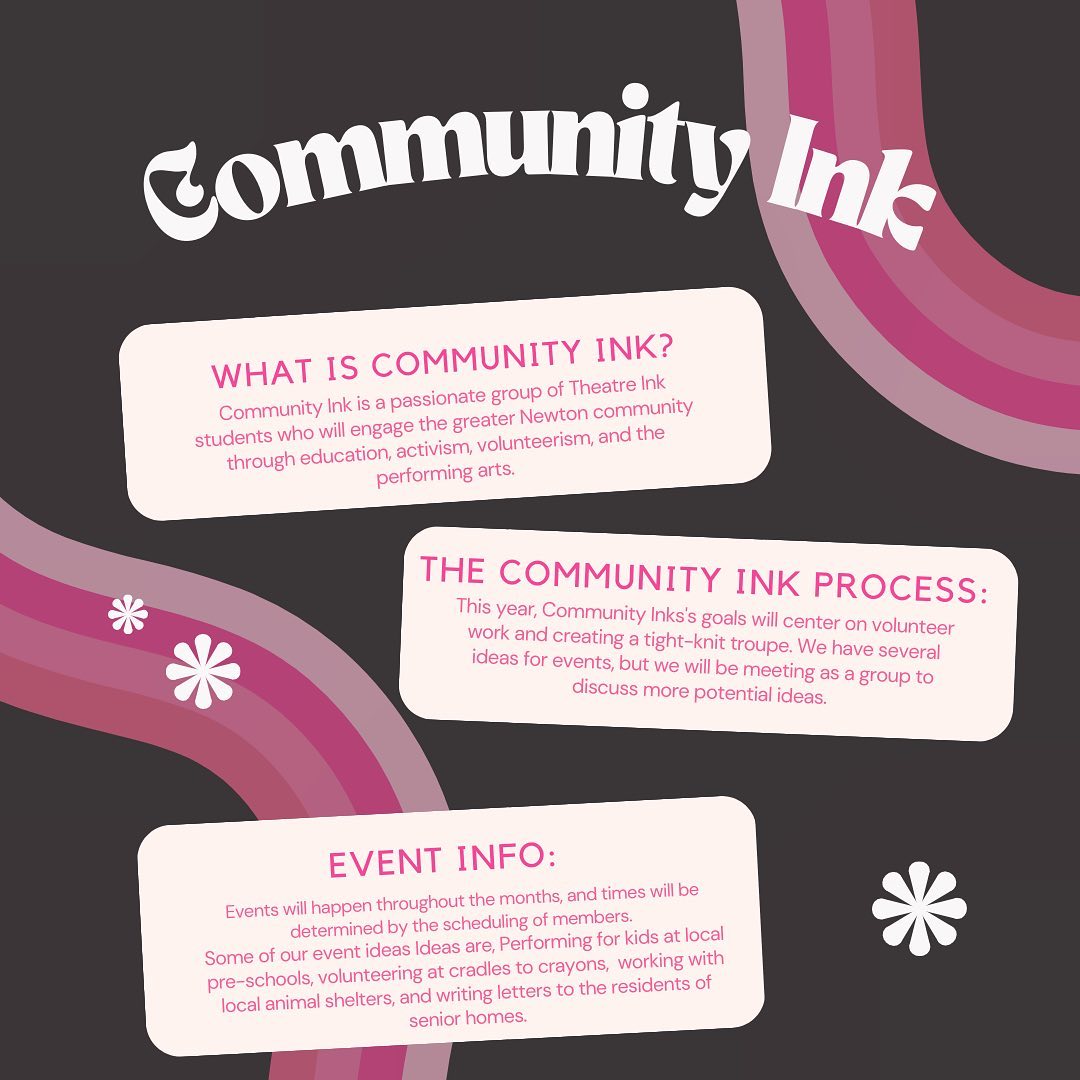by Kayla Shore
You arrive at the test center, clutching your admission ticket, three freshly sharpened number two pencils, a calculator and four replacement batteries. You have done everything you can to prepare for today (including 15 hours of prep classes and eight practice tests), but that is no guarantee that something will not go terribly, horribly wrong and doom you to rejection from every university.
The SAT and ACT are a perennial source of anxiety for juniors and seniors, a looming presence beginning sophomore year with the PLAN test. With so much riding on one test sitting, students feel immense pressure to do well and to choose the right test.
Over one-third of juniors and seniors polled by this newspaper took or will take both tests.
According to counselor Darby Verre, this approach may or may not yield higher scores on one test. “It’s really 50/50 with students showing higher scores on one test over the other,” she said.
The two practice tests, the PLAN and the PSAT, which have almost the same format as the ACT and SAT respectively, have no weight in the admissions process but provide students with preparation and experience before taking the actual tests.
Senior Shahar Don chose to take both the PLAN and the PSAT to “maximize my knowledge of how well I’m doing and to see where I need to improve.”
Verre said, “We have built in a model where students have experience with both tests.” This way, students are able to base their decision on their practice test results.
“When students come for advice, hopefully we’re able to pull out the data and predictor scores from the last test and go from there.”
According to the College and Career Center, there are several key differences between the SAT and the ACT. The SAT has three sections: Critical Reading, Math and Writing. The ACT is divided into English, Math, Reading, Science and an optional Writing section.
Questions on the ACT are more curriculum-based than the questions on the SAT. For some students, like junior Kris Labovitch, the SAT is preferable because it has “more logical reasoning and less curriculum.” For other students, “the ACT style is more typical to what they are familiar with,” said Verre.
There is also a penalty for incorrect answers on the SAT but not on the ACT. Another advantage of the ACT for some students is that for many schools, it takes care of the requirement for SAT Subject Tests.
Verre encourages students to try an actual ACT and SAT test. “I don’t promote lots of testing, but for students feeling like they should cover their bases, it can be a good idea.”
Counselor Tom Sheehan also said that the testing process can involve trying different tests. “A lot of it is trial and error: Were you comfortable taking the test? How was your score? What is your ability?” he said. While it’s good to try to understand where one’s strengths lie with these tests, said Sheehan, “it can become a frenzy.”
“Students become determined to try everything, sometimes taking three or four SATs, two ACTs,” he said. “Repeatedly taking the test doesn’t equate to a higher score—it just doesn’t work that way.”
Allison McNamara, a counseling intern at this school and a former member of the board of admissions at Boston University, said that neither test is preferred in the admissions decision. She emphasized that “it makes no difference whatsoever which test you take.”
For some schools, 25 percent of the decision is based on scores, and at others the scores account for 50 percent, according to Sheehan, while some institutions do not require any tests at all. No matter what a university’s criteria are, standardized tests are only one piece.
Categories:
Counselors clarify differences between SAT, ACT
October 28, 2011
0
Donate to The Newtonite
More to Discover








































